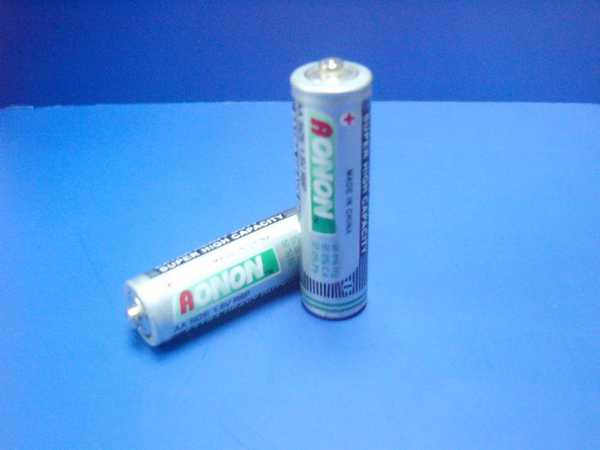What is lithium battery?
Gold is a high-quality hedge hedging tool, favored by investors. Especially in recent years, with the increasing instability of the world economy, gold has become one of the preferred asset allocations of investors because of its functions of hedging and fighting inflation.
Earlier, the worsening situation in Ukraine sent gold prices soaring to a two-year high of $2,070 an ounce. But gold, along with other commodities, fell back last week as conditions changed and bulls took profits, hitting a low of $1,895 an ounce. Rising gold prices may also have an impact on the lithium battery prices.
According to China Business News, Goldman Sachs raised its gold price forecast in early March, considering Asian buyers' gold consumption demand, investment demand and central bank gold purchase demand continue to rise. Three -, six - and 12-month targets were raised to $2,300, $2,500 and $2,500 an ounce, respectively, from $1,950, $2,050 and $2,150. The last time all three accelerated was in 2010-11 when gold prices rose nearly 70%.
The World Gold Council has also noted that global gold demand is at its highest level in nearly two years, which is linked to a recovery in consumption and consumer sentiment to combat inflation.
Lithium battery is a kind of battery that uses lithium metal or lithium alloy as positive/negative electrode material and uses non-aqueous electrolyte solution. In 1912, the lithium metal battery was first proposed and studied by Gilbert N. Lewis. In the 1970s, M. S. Whittingham proposed and began to study lithium-ion batteries. Due to the very active chemical properties of lithium metal, the processing, storage and use of lithium metal have very high environmental requirements. With the development of science and technology, lithium batteries have become the mainstream.
What are the types of lithium batteries?
Lithium batteries can be roughly divided into two categories: lithium metal batteries and lithium ion batteries. Lithium-ion batteries do not contain lithium in the metallic state and are rechargeable. The fifth generation of rechargeable batteries, lithium metal batteries, was born in 1996, and its safety, specific capacity, self-discharge rate and performance-price ratio are better than lithium-ion batteries. Due to its own high technical requirements, only companies in a few countries are producing such lithium metal batteries.

What is the working principle of lithium battery?
Lithium Metal Batteries:
Lithium metal batteries generally use manganese dioxide as the positive electrode material, metal lithium or its alloy metal as the negative electrode material, and use a non-aqueous electrolyte solution.
Discharge reaction: Li+MnO2=LiMnO2
Lithium Ion Battery:
Lithium-ion batteries generally use lithium alloy metal oxides as positive electrode materials, graphite as negative electrode materials, and use non-aqueous electrolytes.
The reaction at the charging positive electrode is
LiCoO2=Li(1-x)CoO2+xLi++xe-(electron)
The reaction that takes place on the charging negative electrode is
6C+xLi++xe- = LixC6
Rechargeable battery total reaction: LiCoO2+6C = Li(1-x)CoO2+LixC6
What are the cathode materials of lithium batteries?
Positive electrode material: There are many optional positive electrode materials. At present, the common positive electrode active materials in the market are: Lithium cobalt oxide, lithium manganate, lithium nickelate, lithium iron phosphate, nickel-cobalt-aluminum ternary, nickel-cobalt-manganese ternary
Positive electrode reaction: Lithium ion intercalation during discharge, and lithium ion deintercalation during charging. When charging: LiFePO4 → Li1-xFePO4 + xLi+ + xe- When discharging: Li1-xFePO4 + xLi+ + xe- → LiFePO4.
What are the negative electrode materials of lithium batteries?
Negative material: graphite is mostly used. In addition, lithium metal, lithium alloy, silicon carbon anode, oxide anode material, etc. can also be used for the anode.
Negative reaction: lithium ions are deintercalated during discharge, and lithium ions are intercalated during charging.
When charging: xLi+ + xe- + 6C → LixC6
On discharge: LixC6→ xLi+ + xe- + 6C
High-quality lithium battery anode material manufacturer
Luoyang Moon & Star New Energy Technology Co., LTD, founded on October 17, 2008, is a high-tech enterprise committed to developing, producing, processing, selling, and technical services of lithium-ion battery anode materials. After more than ten years of development, the company has gradually developed into a diversified product structure with natural graphite, artificial graphite, composite graphite, intermediate phase and other harmful materials (silicon-carbon materials, etc.). The products are widely used in high-end lithium-ion digital power and energy storage batteries.
If you are looking for graphite or lithium battery anode material, click on the needed products and send us an inquiry:sales@graphite-corp.com.
Commodities such as crude oil, wheat, cotton, and nickel have rallied since Russia's "special military operations" began in late February. On the last trading day of this quarter, commodities were on track for their biggest gain since 1990. For this reason, it is expected that the price of the lithium battery will continue to increase.
Inquiry us
PREVIOUS NEWS